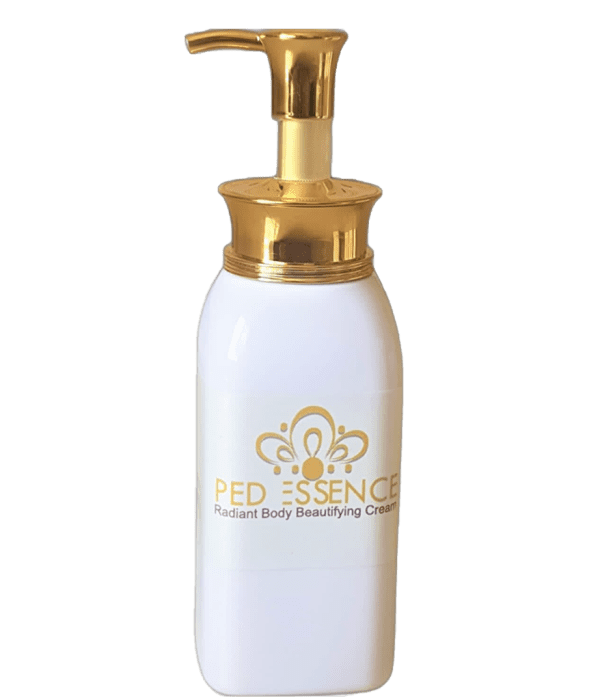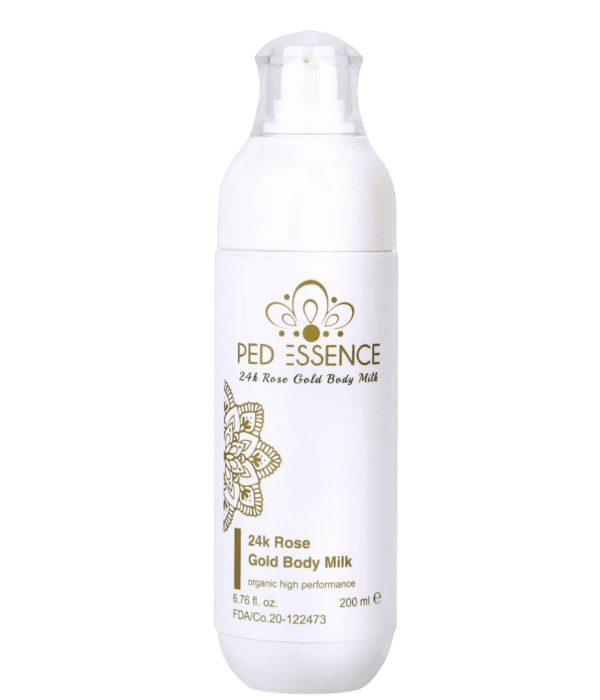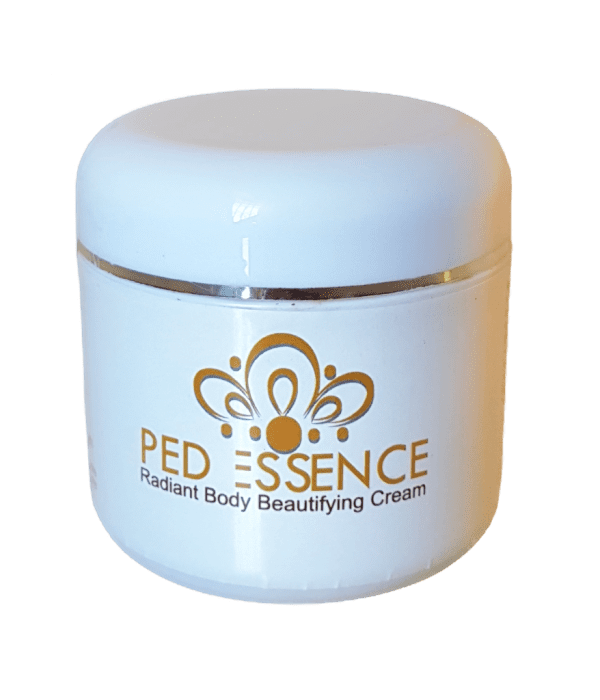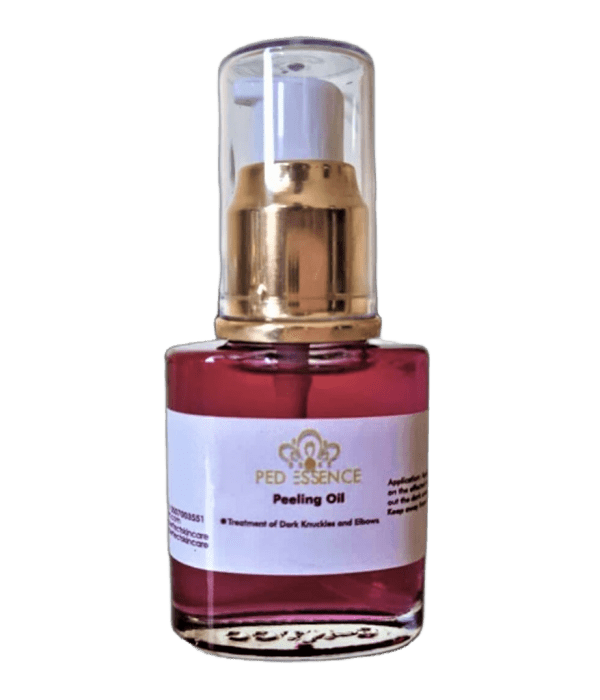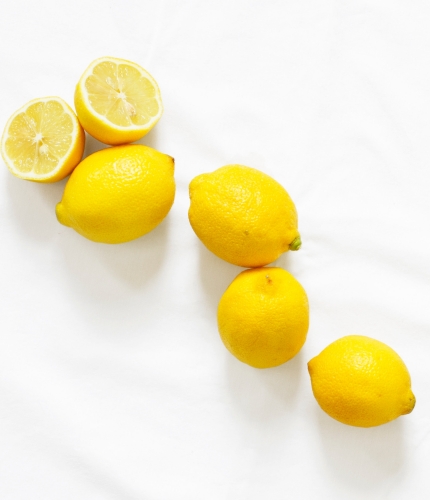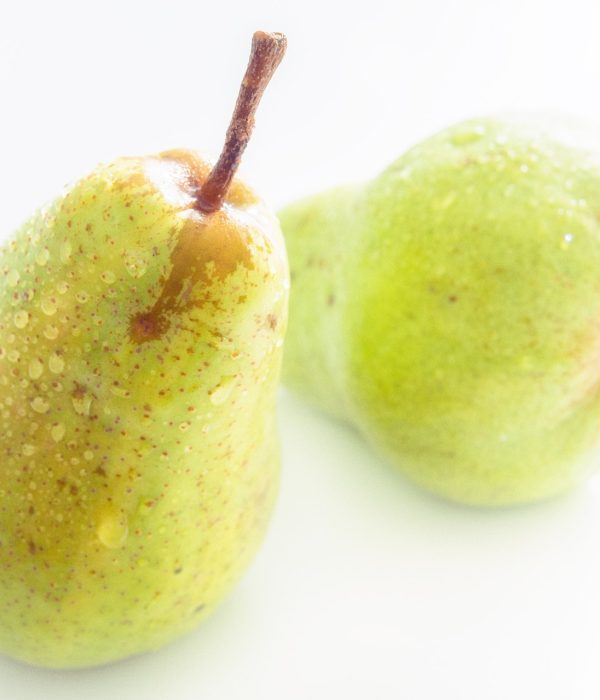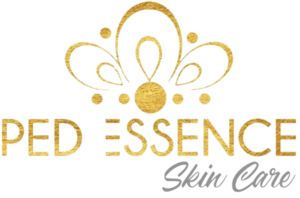Let us help you achieve beautiful
Flawless and radiant looking skin
Let us help you achieve beautiful, flawless, and radiant-looking skin. Perfect your routine with our skincare recommendations by goals, how-to’s, and tips.


A Guide to Taking Care of Your Skin
Your skin type matters You may suspect you have dry, oily, or sensitive skin, but do you really know your skin type? Knowing your true skin type can help the next time you’re in the cosmetics aisle. In fact, using the wrong products — or even popularized Internet hacks — for your skin type could worsen acne, dryness, or other skin problems. Read on to learn:
• How to build your own skin care routine
• How to treat specific skin concerns like acne or scars
• Which DIY skin hacks aren’t healthy, even if they seem to work
• Building a daily skin care routine
1. Cleansing: Choose a cleanser that doesn’t leave your skin tight after washing. Clean your face no more than twice a day, or just once, if you have dry skin and don’t wear makeup. Avoid washing for that squeaky-clean feeling because that means your skin’s natural oils are gone. Cleansers known to work well for all skin types include PedEssence Acne Control Remedies Cleanser.
• Serums: PedEssence variety of Glow serums with vitamin C would be better in the morning under sunscreen. At night, PedEssence Glow Repair & Restore work best. PedEssence has an effective vitamin C and E serum and Collagen face creams available.
• Moisturizer: Even oily skin needs moisturizer, but use one that is lightweight, gel-based that doesn’t block your pores, like PedEssence 24K Rose Gold Body Milk and Radiant Body Beautifying Lotion. Dry skin may benefit from more cream-based moisturizers like and PedEssence Perfect Skin oil and PedEssence Essential Tea Tea, Turmeric or Snail Day and Night Repair Cream.
• Sunscreen: Apply sunscreen with at least 30 SPF 15 minutes before heading outdoors, as it takes a while for sunscreen to activate. Darker skin tones actually need more sun protection because hyperpigmentation is harder to correct. Choose products that fit your skin type and sensitivity, and remember to read the labels.
Tips for all skin types
• Stay hydrated.
• Change pillow cases at least once a week.
• Wash or wrap up hair before bed.
• Wear sunscreen every day and apply 15 minutes before going out.
Start with a basic and simple routine to see how your skin reacts. Once you’re comfortable, you can then add extra products such as exfoliants, masks, and spot treatments to boost your skin’s health.And don’t forget to patch test new products, especially if you suspect you have sensitive skin. This can help you identify potential allergic reactions.


Trying a new brand? How to patch test a new product:
1. Apply a small amount of product on your skin in a discreet area, such as the inside of your wrist or your inner arm.
2. Wait 48 hours to see if there’s a reaction.
3. Check the area at 96 hours after application to see if you have a delayed reaction. An allergic reaction may include irritation, redness, small bumps, or itchiness. If you notice these symptoms, wash the area you tested with water and a gentle cleanser.
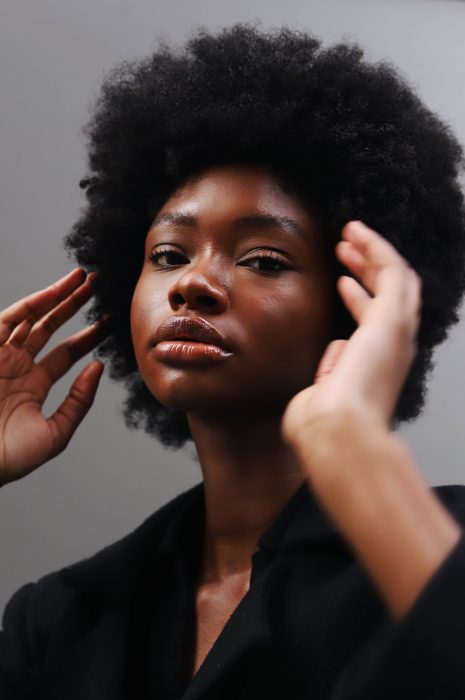

DIY hacks to avoid (even if everyone does it)
People report wonders from using DIY hacks like lemon juice and toothpaste for common skin problems like acne bumps and dark spots, but the truth is these hacks may cause more long-term harm than benefit because they can damage your skin’s barrier.
• Lemon juice: In as much as Lemon is good for cleaning the skin, it may have citric acidic, but that is too far acidic and can cause dark spots to appear after sun exposure if not used in minimization. It can also dry and irritate your skin. It is advisable just to use a dash of it in warm water when applying to the face especially.
• Baking soda: At a pH level of 8, baking soda will stress your skin, significantly decrease your skin’s water content, and cause dry skin.
• Garlic: In raw form, garlic can cause skin allergies, eczema, skin inflammation, and watery blisters.
• Toothpaste: The ingredients in toothpaste may kill germs and absorb oil, but they can also dry out or irritate your skin.
• Sugar: As an exfoliator, sugar is too harsh for the skin on your face because it ends up opening your pores and then exposing them to gems
• Vitamin E: Avoid typical application of vitamin E because it can cause irritation to your skin and is not proven to improve scar appearance.
Some of these ingredients may be all natural and cost-effective, but they aren’t formulated for your skin. Even if you don’t feel immediate side effects, these ingredients can cause delayed or long-term damage. It’s best to use products formulated for your face. Talk to your doctor or dermatologist before trying DIY applications on your skin.
How to treat skin problems:
There are ways to tackle skin problems without damaging your skin. Just remember the number one rule of skin care: Don’t pick! Picking at acne, blackheads, scabs, or other skin problems can cause open wounds or darker skin spots known as hyperpigmentation. Open wounds can lead to infections, more acne, or scars. The deeper the wound, the more likely your skin will scar. Here are some scientifically backed ways to treat problem areas:
Acne
Acne treatment depends on how deep or serious your acne is. Overall skin care is the most important step in treating acne, but for mild acne you can use PedEssence Acne Control Remedies Cleanser, or nonprescription products from your local drugstore such as:
• Tea tree oil
• Salicylic acid (Stridex maximum strength acne pads)
• Benzoyl peroxide (Clean & Clear Persa-Gel 10 acne medication)
• Alpha hydroxy acids
• Adapalene Always apply sunscreen after using these products in the morning, since they can cause extra skin sensitivity. For immediate, inflamed, and individual pimples, you can also try acne patches or stickers. These are clear, thick patches that work as spot treatments to help promote blemish healing and prevent infections. Like blister bandages, acne patches pull out the fluid, sometimes overnight. It’s best to use these before you sleep as makeup can’t cover them.
Sebaceous filaments
Sebaceous filaments are tiny, cylinder-like tubes in your pores that are whitish yellow. These are often confused with blackheads, but blackheads are actually a type of acne that’s oxidized. Sebaceous filaments can make your pores look bigger, and you may be tempted to remove them by pinching your skin or using pore strips. But these methods may have more side effects than benefits for your skin, especially if you don’t do them properly. Overtime, you can also cause:
• Irritation
• Open pores and infection
• Dryness
• Redness
• Peeling
Topical preparations containing PedEssence Acne Control Remedies Cleanser, retinol, or retinoid can help keep pores clear and clean. You may also find benefits from massaging your face with mineral or castor oil for one minute. Another way of removing sebaceous filaments is with an extraction tool. This is a small metal instrument with a tiny circle at the end. The safest method is to have an esthetician or dermatologist remove them for you, but you can also do this at home:
• Start with a clean face and instrument.
• Gently press the circle around the bump to see if the filament comes out. Be careful as excessive pressure can cause bruising and scarring.
• Treat the area with toner and moisturizer after.
• Always sanitize your instrument with rubbing alcohol before and after use to prevention infections.
You may also see extra benefits by applying benzoyl peroxide after washing before extraction.
Blemishes, scars, and hyperpigmentation
Blemishes, scars, and dark spots can take anywhere from a few weeks to six months to heal and fade. Immediate treatment for scars and blemishes include using makeup and sunscreen to avoid further sun damage and hyperpigmentation.
Other ingredients known to help fade scars include:
Silicone: Studies show that topical silicone can improve scar thickness, color, and texture. You can apply silicone gel for eight to 24 hours per day. Look for products with silicone dioxide listed as an ingredient.
Honey: Preliminary studies show that honey can heal wounds and scars. You may want to use honey if you’re looking for home treatment.
Vitamin C: Look for this ingredient when shopping for creams and moisturizers. Vitamin C works better when combined with other lightening ingredients like soy and licorice.
Look for products with these ingredients and add them to your routine after washing your face. Don’t forget to always wear sunscreen after application to avoid sun damage and hyperpigmentation.
Mega Sale on All Types of Vegetables
Visit our online store to see what kinds of products are on sale! Order before noon and receive the package the next day!

